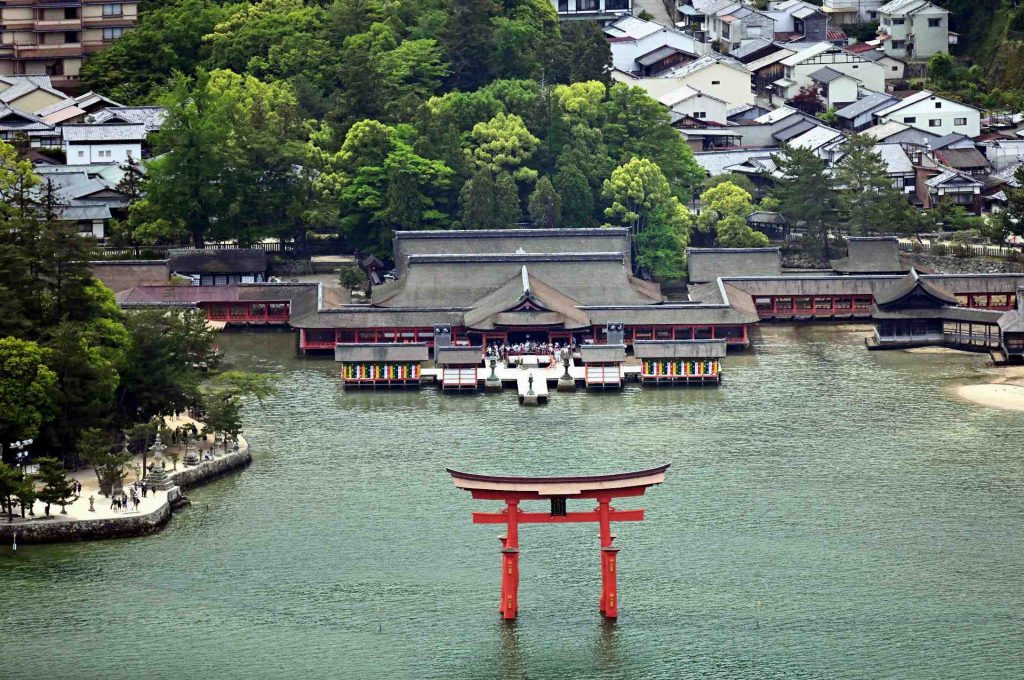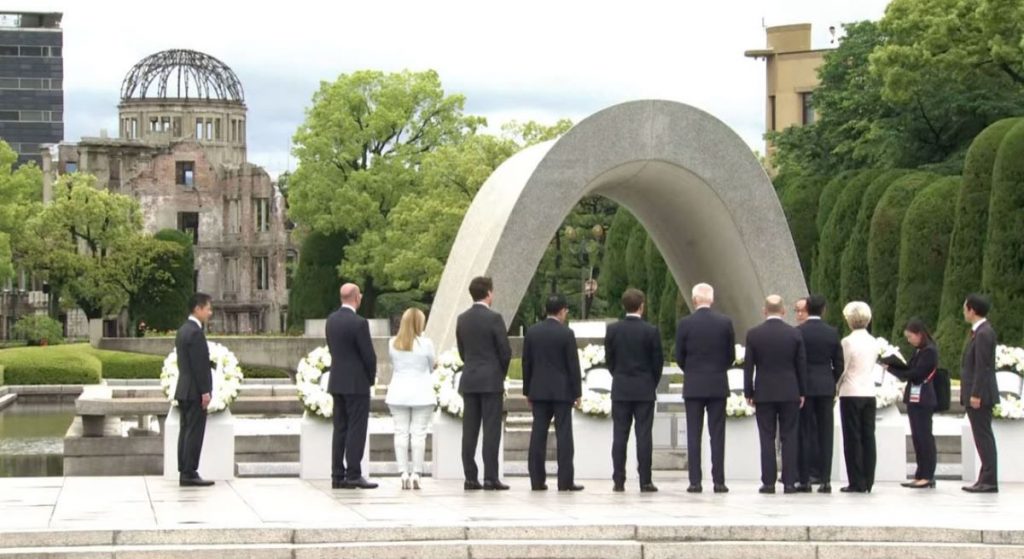Hiroshima G7 Summit: Deliver on Peace To Put the SDGs Back on Track
The G7 Summit in Hiroshima presents a valuable occasion to reflect on the significance of peace as a prerequisite to global efforts to realize the SDGs.

The G7 Summit in Hiroshima has come at the midway point in the global effort to achieve the UN Sustainable Development Goals (SDGs).
Launched in 2016 with a target year of 2030, the SDGs were designed to serve as a blueprint for countries to build a more sustainable future for generations to come. But the pandemic and war have delayed progress on the 17 goals across the board.
The leaders of the most powerful democracies visited Hiroshima's Peace Park to lay wreaths on the memorial. But will the summit produce any deliverables on peace, allowing nations to get the SDGs back on track?
Peace, a Prerequisite for the SDGs
Goal 16 of the SDGs calls for "Peace, Justice and Strong Institutions." Arguably, it is the most important of all the goals.

Without peace and political stability, none of the SDGs can be achieved. When faced with conflict, governments channel finite financial and natural resources into war, not sustainable development. Efforts to ensure education for all, conserve biodiversity, combat climate change, and promote gender equality get put on the back burner.
In particular, war has led to setbacks on mitigating and adapting to climate change, Goal 13 of the SDGs. A report by Chatham House, a UK-based independent think tank, analyzed the direct and indirect impacts of the Russian invasion of Ukraine on climate change.
According to the report, direct impacts include 100 million tons of CO2 emissions and the biggest ever release of methane, a potent greenhouse gas, due to sabotage of the Nord Stream pipelines. Meanwhile, indirect impacts, from deforestation to backsliding on renewable energy, have also been devastating.

Climate is not the only issue that has been affected by Russia's aggression. The resulting energy crisis has had dire consequences for food supply, exacerbating poverty among the most vulnerable. A February 2023 peer-reviewed article in Nature Energy estimated that between 78 and 141 million people will be forced into extreme poverty due to the energy crisis and cost-of-living pressures.
Eradicating poverty is enshrined in Goal 1 of the SDGs. Like peace, it plays a pivotal role and underpins all of the goals. In April 2023, UN Secretary General António Guterres warned that half the world is being left behind and called for greater action to end extreme poverty.
Hiroshima as a Platform
Since the tragedy that befell the city in 1945, Hiroshima has been a strong and long-standing proponent for peace. The iconic Atomic Bomb ("Genbaku") Dome stands as a reminder of the consequences of war, particularly nuclear war.

Perhaps lesser known is Hiroshima's firm commitment to the SDGs. In 2018, Hiroshima Prefecture, with a population of around 2.8 million, was designated an "SDGs Future City" by the national government. The mainstay of the prefecture's participation in the initiative has been "to build a platform to generate peace initiatives".
Undoubtedly, the G7 Summit in the prefecture's capital has given the people of Hiroshima a larger platform to spread their message on peace. NGOs and citizen groups have taken to the streets and social media alike to ensure their messages are heard.
Ukraine has been a key issue at the summit. The G7 Hiroshima Leaders’ Communiqué released on May 20 promises "concrete steps" on disarmament and non-proliferation, support for Ukraine, and global food security.
Hopes are high for the G7 leaders to deliver tangible outcomes on peace following their return to their respective countries. The fate of the SDGs, our best chance to ensure a sustainable world for future generations, depends upon it.








